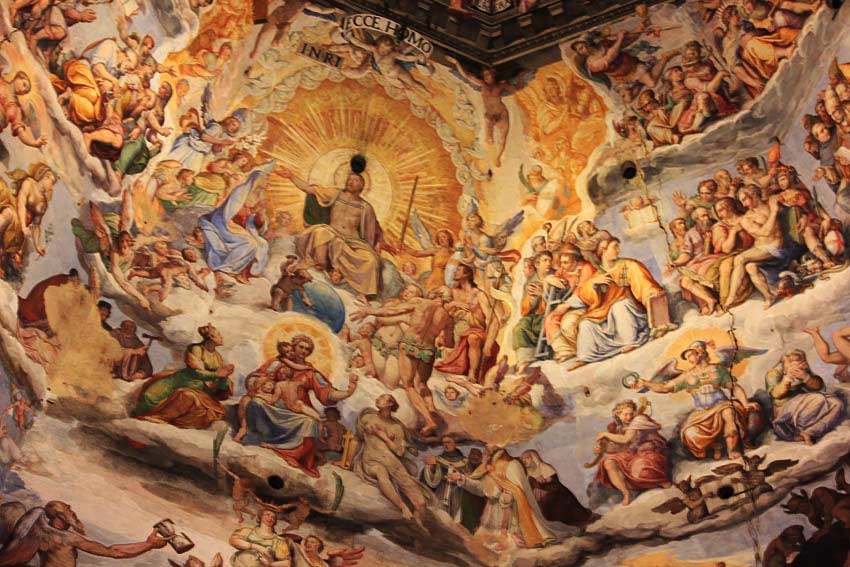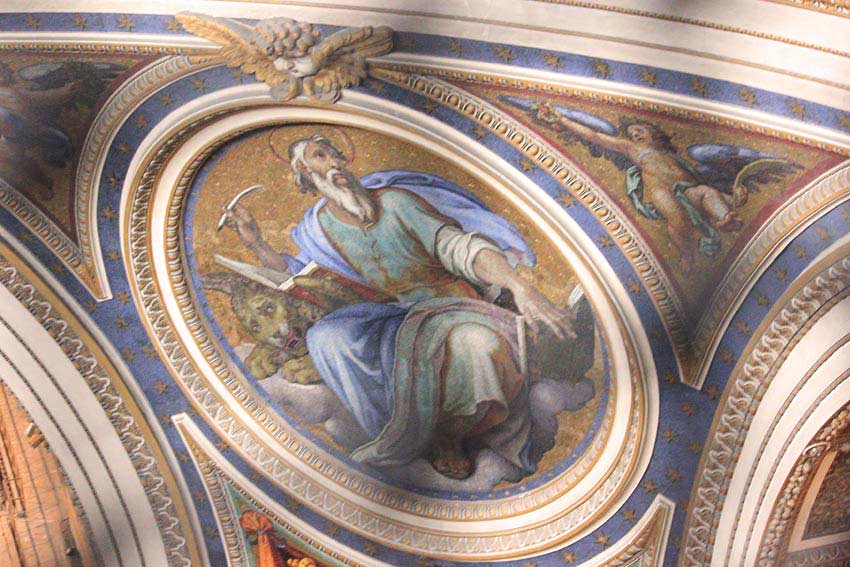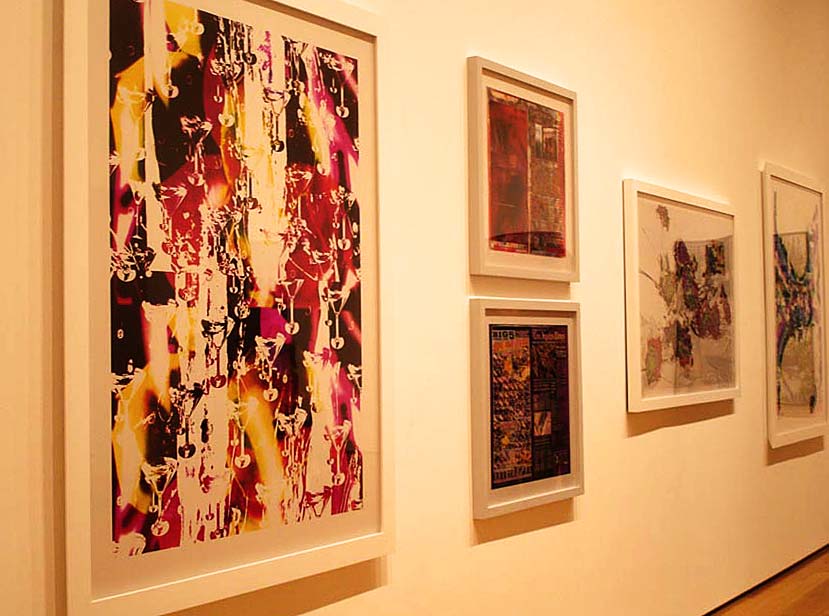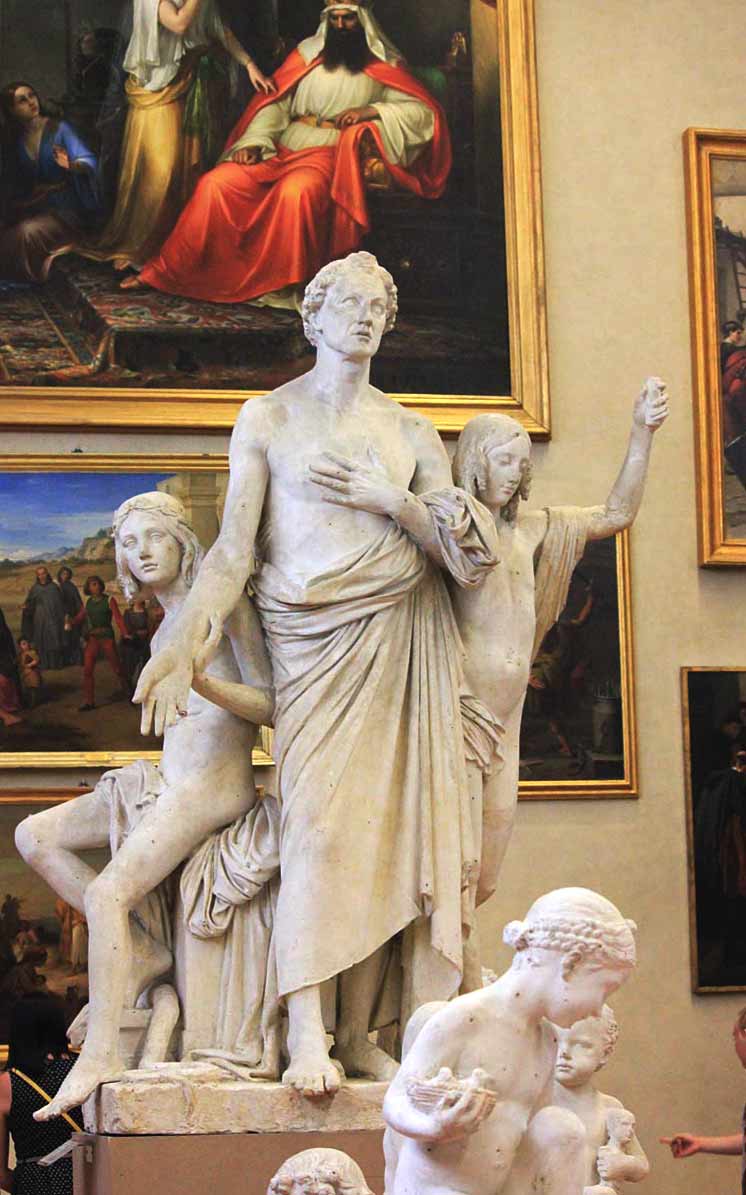A respected, creative and an upcoming profession. Here’s your guide on how to become an art historian by Ashrafi S Bhagat, a Chennai-based art historian and professor with 34 years of experience in the field.

1. Role of an Art Historian
In order to have a better understanding of how to become an art historian professionally, let’s first understand what they really do. Art historians are skilled professionals who over the years have researched and gathered knowledge about the various forms of artistic expression that has existed since the beginning of time. Art historians are essentially art curators, teachers, critics or advisors who help decide what pieces should be added to a museum’s collection, what is the significance of historical art and how they fit into the culture.
Personally, as an Associate Professor, my role as an art historian includes teaching art history, various studio praxis courses and design. Crafting question papers, evaluating them and rethinking approaches to teaching methodology is also my responsibility. I question students through lectures on certain aspect of art history by asking them to make connections and relate to other cultures. This helps students comprehend the meaning of the creation of an art object within a certain culture and its capacity to be different from others.
Contents: Jump to Section
2.2 Entrance Exams
2.3 Academic Qualifications/ Options
2.4 License Required
2.5 Internship/ Work Experience Required
2.6 Cost of Tuition and Training
2.7 Competition & Scope in India for an Art Historian
2.8 General Age to Start Professional Career for Art Historians
2.9 Governing Bodies
3.2 Companies & Institutions that Employ Art Historians
3.3 Growth Prospects
3.4 Entrepreneurship Opportunities
3.5 What is the Salary of Art Historians in India?
4.2 Top Universities in World
4.3 Famous Personalities
4.4 Useful Links
1.1 Distinction Between an Art Historian, Art Critic & Art Appreciator
Art Historian is a distinct profession but sometimes people get confused between an Art Historian, Art Critic and an Art Appreciator.
1)Art Historian: An art historian studies, researches and gains knowledge about the vast number of art pieces present around the world. Their study is not restricted to just paintings but also involves the study of architecture, earliest forms of self-expression and creativity such as cave paintings or complex sculptures.

2) Art Critic: The essence of an art critic is to make a close observation of an art piece, analysis, interpret and form a critical judgement about the artwork in relation to various elements. Criticism involves both positive and negative and is given objectively premised exclusively on the work of art. They can be hired by magazines, newspapers or art blogs to provide their valuable thoughts on an art exhibition or an art piece.
3)Art Appreciator: An art appreciator is anyone who loves and is well versed with art and artists. They acknowledge and celebrate art and unlike art critics, generally avoid talking negatively about an artist’s work.
1.2 Is Becoming an Art Historian a Good Career Option?
Excellent career
If you are creative with a passion for art and its significance in the past and the present, then being an art historian is great option. There is a great demand for art historians in the current times and it doesn’t look like things are going to change any time soon. Hence, it will provide for greater jobs opportunities. Besides, being an art historian is truly respectable.
2. How to Become an Art Historian in India?
2.1 Courses Taken at School
Psychology, History, Literature, Geography and Art History

First of all, you need to complete your higher secondary schooling in arts and the subjects taken should be in the combination of psychology, history, literature, geography and art history, if offered by schools. Since art historian are valued and recognized globally, fluency in English is certainly a must in this field, as you need to have excellent communication skills.
2.1.2 Courses Taken in College to Become an Art Historian
Some of the subjects you can study in college are design, drawing, painting and art history.
2.2 Entrance Exams to Become an Art Historian
Depends on College
Depending on the University or college you are applying for, there will be an aptitude test at the entry level that will decide your admission into the college.
Given below are few entrance exams for colleges that offer art history.
CUET- Common University Entrance Test- Delhi University, College of Art
NTA- National Testing Agency- Banaras Hindu University
CUET/JMI entrance exam: Common University Entrance Test/ Jamia Millia Islamia Entrance Examination
GUJCET – Gujarat Common Entrance Test- M.S. University, Vadodara

2.3 Academic Qualifications
Ph.D. in Art History
To pursue the art historian career path, you need to have a minimum qualification of 10+2 that is higher secondary education. It is then followed by a bachelors and a master’s degree will be helpful if you want to teach, or specialize in a high-end art form. In recent times, a Ph.D. has become a necessity and adds to your credential.
Moreover, a Ph.D. would be a great option if you want to pursue teaching in the future. It also demands a UGC Entrance Test to enter teaching profession. In Tamil Nadu, Tamil is made compulsory and the teacher candidate should have learnt Tamil in school up to tenth grade. If that is not acquired then the candidate has to write an exam, qualify the exams and eventually go through a viva.
A professional in this field would commonly have the following degrees:
Bachelors in Fine Arts (B.A.)
Master in Fine Arts (M.A.)
Ph.D. Department of Art History and Aesthetics
2.4 License Required to Become an Art Historian
No
To practise and become an art historian, you don’t need a license.
2.5 Internship/ Work Experience Required
Yes
Internship is built into the curriculum for the last semester of both the undergraduate and Post Graduate programmes. This opens possibilities of acquiring direct employment, without dependency on experience. Certain industries demand experience, then the graduate student works on stipend. The best way to enter the field is through a internship.
It is a learn and earn process which provides practical hands-on experience. At the end of the internship, there is a very high chance that the management will accommodate interns in their company for permanent positions.
2.6 Cost of Tuition and Training
Public/Government Colleges – ₹ 85k to 3 Lakhs
Private Colleges – ₹ 3.5 to 6 Lakhs
Overseas Colleges – ₹ 39 to 70 Lakhs per year
The fees in India would also depend upon how you acquire a seat in the college. It could be either through entrance exams or management quota. Similarly, fees overseas would depend on the country/state you chose to apply in as well as the college ranking.
2.7 Competition & Scope in India for an Art Historian
Very competitive
In India as well as abroad, the field is extremely competitive. Visual Arts programme in Chennai is offered only by my Department in Stella Maris College. In addition to that, people are pushing towards understanding the significance of art and its history. Hence, the demand in this field is high and will only continue to grow but there are a lot of qualified candidates for a limited number of positions. So, if you’re planning to become an art historian, be prepared to face tough competition.
2.8 General Age to Start Professional Career for Art Historians
27-32 years
One can start working in the industry after their post-graduation programme but today a Ph.D. is mandatory. Hence, once a Ph.D. is acquired one can start working towards their goals in the career.
2.9 Governing Bodies
The Ministry of Culture
The Ministry of Culture, an Indian government ministry is responsible for the preservation and promotion of art and culture in India.
3. Professional Opportunities/ Career Growth for Art Historians
3.1 Specializations/ Sub-Professions
If you share a passion for art, you’ll easily be able to turn that passion into a career. Being an art historian is a great option in itself. An art historian works beyond art and history and is always open to learning new skills to enhance their creative abilities. Professions that are similar to this field include:
- Art history professor
- Art critic
- Art appreciator
- Art valuator
- Art curator
However, if you feel like this job isn’t made for you then you can look into other related specialization or professions.
1. Fine or Digital Artist
2. Textile Designer
3. Advertising
4. Product Designer
5. Jewellery Designer
6. Sculptor
7. Printmaker
8. Ceramics Artist
9. Computer Graphics Designer

3.2 Companies & Institutions that Employ Art Historians
Universities & colleges
Any university or college which offers visual art programmes across the country employ top art historians of the country. Other than that, museums may employ them as art curators, and newspapers or publishing houses may employ them as art critics.
3.3 Growth Prospects
Growth prospects are tremendous
There is a ladder to climb. At the entry level the teacher candidate is a lecturer. The UGC demands refresher courses which are conducted by various universities across the country in different disciplines, and the requirement is to attend two refresher courses in the individual’s discipline or any allied one.
This leads to the next designation of Assistant Professor. Further Refresher courses leads to Associate Professor. No professorship is offered to college teachers. Only University teachers eventually become professors, and a Ph.D is a must for that. Along with that, they are expected to publish research papers or do extra-curricular projects. Further they can go on to become HOD (head of department).
3.4 Entrepreneurship Opportunities
Absolutely
If you have some experience and your networking skills are good and grow over time, there are opportunities to be an entrepreneur. But it also requires financial funds and other support too. I have known students who today are successful entrepreneurs. Some entrepreneurship opportunities in this field include creating online content related to art or artist or starting an art curation site or gallery.
3.5 What is the Salary of an Art Historian in India?
Fresh graduates – ₹ 4-8 lacs per annum and 5-10 years of experience – ₹ 28 lacs per annum.

The average salary for a fresh graduate in this field would be around ₹ 4-8 lacs per annum. Although, the salary would depend on various factors like academic qualifications, internships done during the time or work experience, and sometimes, the college you graduated from.
For someone with 5-10 years of experience in the field, your salary could range from ₹ 28 lacs or more per annum. However, this would depend on the company you work for, your skills, and would require an immaculate resume.
4. Further Resources
4.1 Top Universities in India
To become an art historian professionally, here are some of the top colleges from India for the Bachelor’s and Master’s degrees.
1. Faculty of Visual Arts, Benaras Hindu University
2. College of Arts, Delhi University
3. Faculty of Fine Arts, Jamia Millia Islamia
4. College of Fine Arts, Karnataka Chitrakala Parishath
5. Jawaharlal Nehru University, Delhi
4.2 Top Universities in World
You can find a number of universities for art historian programs. However, these are some of the top universities to become an art historian:
Rhode Island School of Design, USA
School of the Art Institute of Chicago, USA
Central Saint Martins College of Art and Design, UK
Parsons School of Design at The New School, USA
Berlin University of the Arts, Germany
4.3 Famous Personalities
Lucy Lippard, Kenneth Clark
You can look up a few personalities to understand better about the lives of an art historian and their work life which will provide a better understanding of what the career looks like.
So, that was our guide on how to become an art historian. If you guys want us to cover any other profession, let us know by tagging us on twitter @CareerNuts. And remember reaching success is a path of great challenges however, it’s just a matter of patience, hard work, and focus.
.
Curated & Edited by Yashaswini Reddy (CareerNuts Staff)
Read next:
Art Historian Career Path: Is Being an Art Historian a Good Career?
Do you love art, wonder about its significance and want to learn about the its history? Here are a few things for you to consider before taking the career path of an art historian from Chennai-based art historian with more than 34 years of experience.

Dr. Asharfi S. Bhagat is Art Historian, Art Critic, Author and an Independent Curator. She was the Former Head and Associate Professor of the Department of Fine Arts, Stella Maris College, Chennai. She obtained her M.A. and M. Phil. Degrees from the Department of Fine Arts of the same institution.
She completed her Ph.D. from the Department of Art History and Aesthetics, Faculty of Fine Arts, M.S. University, Baroda in 2005. Her thesis was titled “A Critical Study of Modernity in South India, with particular Reference to the Madras School 1960 and 1970s”.
She has written on modern and contemporary art in journals, artist’s monographs and has authored over 250 exhibition catalogues. She is the author of book “Sculptural Configurations: Retrospective Progressive” on nationally established Sculptors of Chennai, published by Oxford University Press, in April 2003. She was also the recipient of the Brew, “Woman’s Achievers Award” for her contribution as an Art Historian and Art Critic in March 2016.